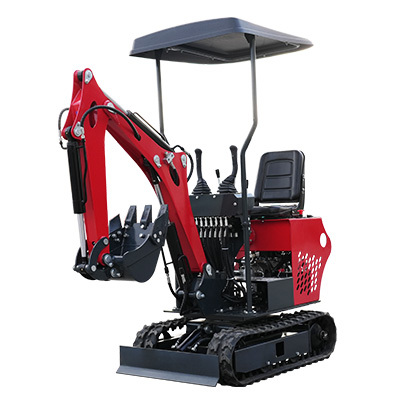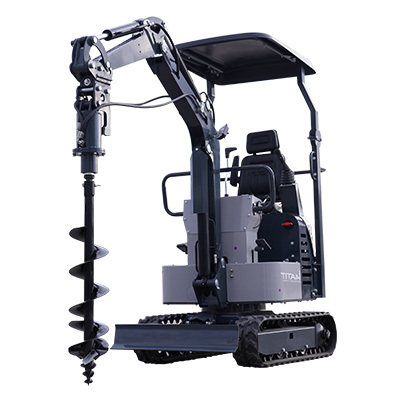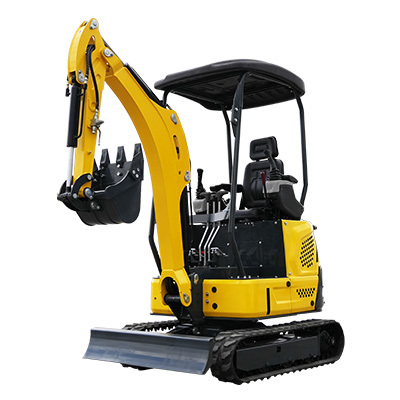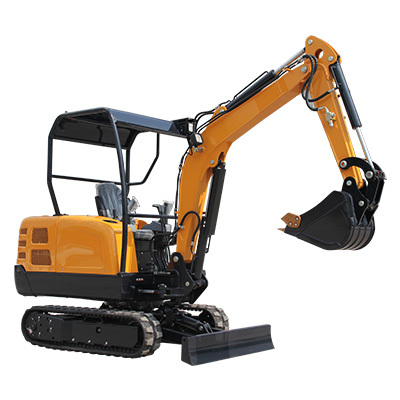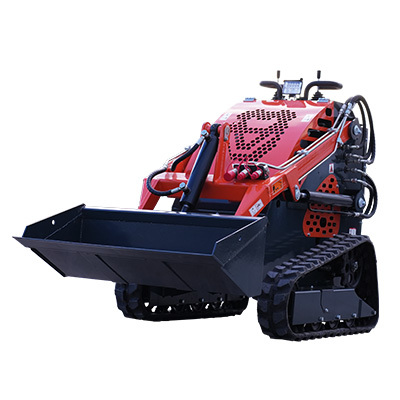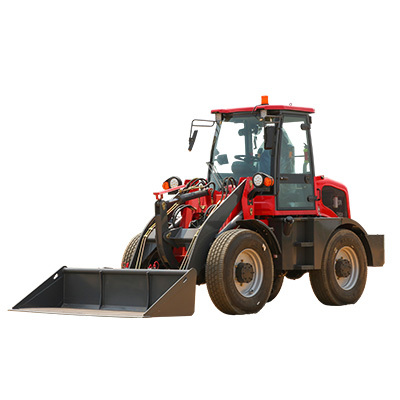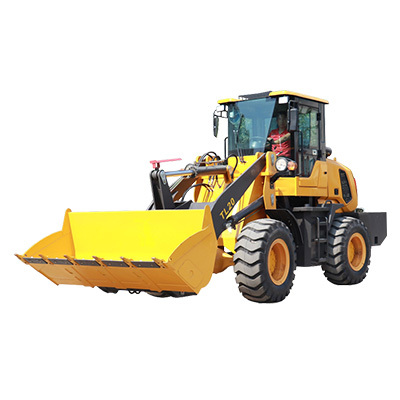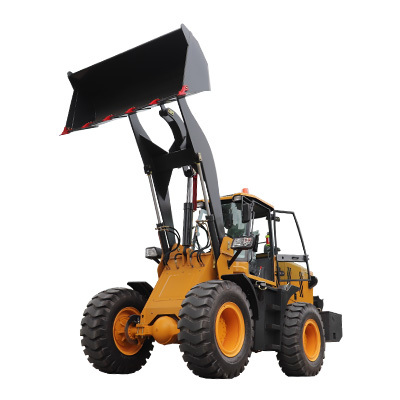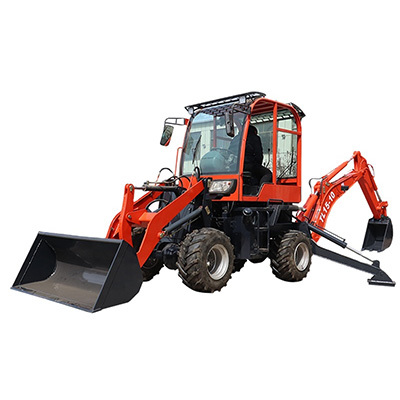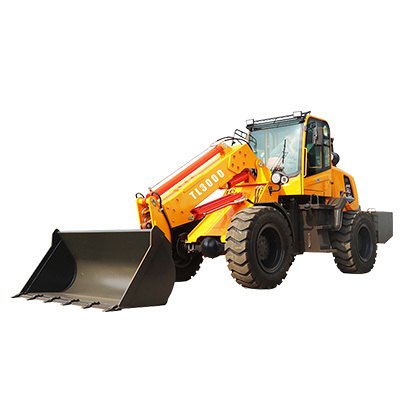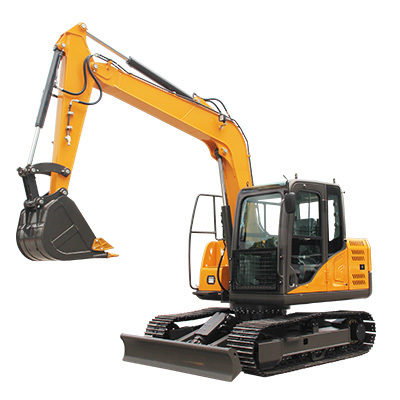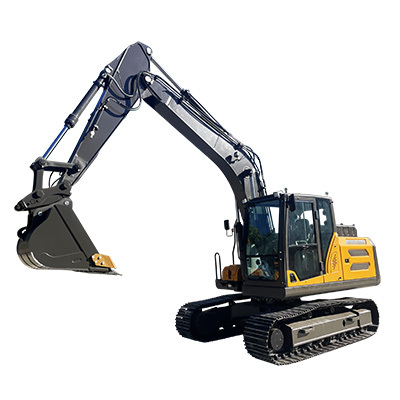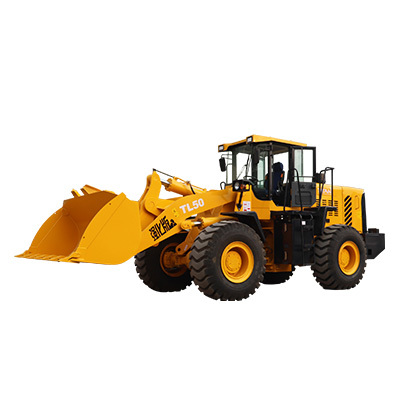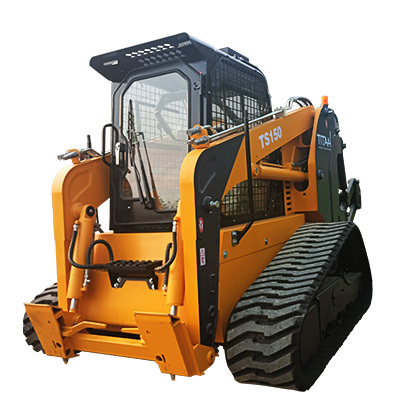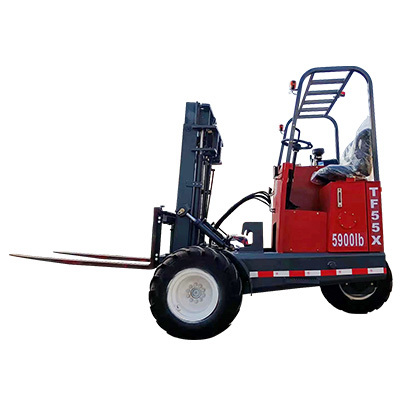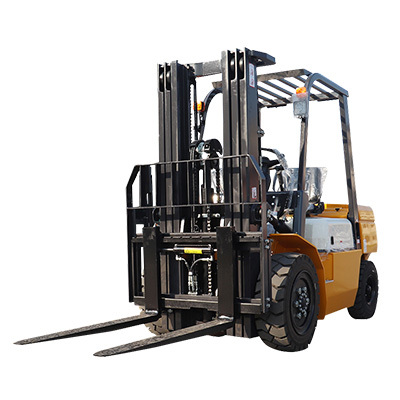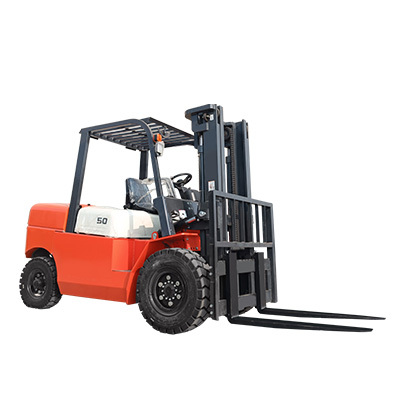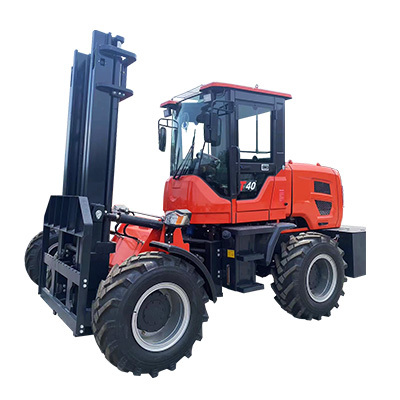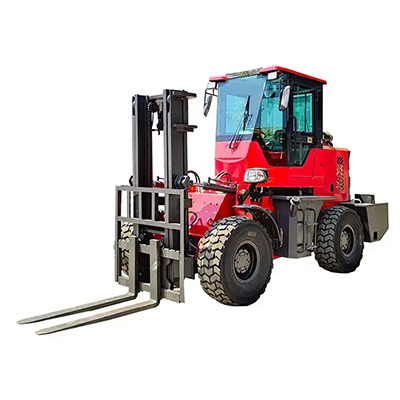Handling Equipment: Key Factors That Improve Loading and Unloading Processes
Release time:
2025-07-10
Summary
Handling Equipment: Key Factors That Improve Loading and Unloading Processes
Table of Contents
Introduction to Handling Equipment
Importance of Efficient Loading and Unloading
Types of Handling Equipment
Manual Handling Equipment
Mechanical Handling Equipment
Automated Handling Equipment
Key Factors That Impact Loading and Unloading
Be
Handling Equipment: Key Factors That Improve Loading and Unloading Processes
Table of Contents
- Introduction to Handling Equipment
- Importance of Efficient Loading and Unloading
- Types of Handling Equipment
- Key Factors That Impact Loading and Unloading
- Best Practices for Optimal Operations
- Role of Technology in Handling Equipment
- Safety Considerations in Loading and Unloading
- Conclusion
- Frequently Asked Questions
Introduction to Handling Equipment
Handling equipment plays a crucial role in the logistics and transportation sectors. Efficient loading and unloading processes are paramount for any business that relies on the movement of goods. By using the right handling equipment, companies can streamline their operations, reduce labor costs, and enhance productivity.
Importance of Efficient Loading and Unloading
Efficient loading and unloading practices not only minimize the time products spend in transit but also reduce the risk of damage. This efficiency translates into improved customer satisfaction and retention. When products are handled properly, businesses are more likely to meet deadlines, thus maintaining their competitive edge in the market.
Types of Handling Equipment
Understanding the various types of handling equipment available is essential for optimizing loading and unloading processes. We categorize these into three main types: manual, mechanical, and automated equipment.
Manual Handling Equipment
Manual handling equipment is designed for physical movement of goods by workers. This includes items such as hand trucks, pallet jacks, and dollies. While these tools require human effort, they are often the most cost-effective solutions for small-scale operations. Proper training in using manual handling equipment can prevent musculoskeletal injuries and enhance worker safety.
Mechanical Handling Equipment
Mechanical handling equipment includes forklifts, stackers, and conveyor belts. These machines significantly reduce the physical strain on workers and increase the speed of loading and unloading. Forklifts, for instance, can lift heavy loads with ease, while conveyors streamline the movement of goods from one location to another without requiring manual handling.
Automated Handling Equipment
Automated handling equipment represents the future of logistics. This category includes robotics, automated guided vehicles (AGVs), and advanced conveyor systems. These systems not only reduce labor costs but also minimize human error and increase the precision of loading and unloading operations. Companies investing in automation often see a rapid return on investment due to increased efficiency.
Key Factors That Impact Loading and Unloading
Several key factors can influence the efficiency of loading and unloading processes. These include:
1. Equipment Selection
Choosing the right handling equipment is vital. The equipment must be suited to the specific types of loads being handled, including weight, size, and fragility. Investing in specialized machinery can lead to significant long-term savings.
2. Workforce Training
A well-trained workforce enhances efficiency and safety. Employees should receive comprehensive training on the use of handling equipment and safety protocols. Regular refresher courses can help maintain high standards.
3. Layout Optimization
The layout of loading and unloading areas can impact efficiency. A well-organized workspace minimizes unnecessary movement and facilitates smoother operations. Businesses should consider factors such as space for maneuvering equipment and the arrangement of goods.
4. Maintenance Practices
Regular maintenance of handling equipment is crucial for preventing breakdowns and ensuring optimal performance. Scheduled inspections and timely repairs can extend the lifespan of equipment and maintain productivity.
5. Load Management
Proper load management is essential for efficient handling. This involves understanding the weight limits of equipment, balancing loads, and ensuring that items are secured properly during transport.
Best Practices for Optimal Operations
Implementing best practices in loading and unloading can lead to significant improvements in efficiency. Some of these practices include:
1. Standard Operating Procedures (SOPs)
Creating and adhering to SOPs can standardize the loading and unloading processes. This consistency leads to better training outcomes and enhances safety and efficiency.
2. Use of Technology
Integrating technology into handling processes can provide real-time data and analytics. Systems that track inventory and monitor equipment performance can help optimize operations and reduce downtime.
3. Continuous Improvement
Encouraging a culture of continuous improvement helps organizations identify areas for enhancement. Regular feedback sessions and performance assessments can aid in refining processes.
4. Ergonomic Practices
Incorporating ergonomic practices can reduce the risk of injury among workers. This includes using equipment that minimizes strain and promoting proper lifting techniques.
5. Collaboration and Communication
Facilitating effective communication among team members ensures that everyone is on the same page. Regular briefings and updates can help maintain a smooth workflow during loading and unloading.
Role of Technology in Handling Equipment
Technology plays an increasingly vital role in enhancing loading and unloading processes. Innovations such as RFID tracking, automated inventory management, and advanced robotics are transforming the logistics landscape. These technologies provide greater visibility and control over inventory, leading to improved accuracy and reduced errors.
Safety Considerations in Loading and Unloading
Safety is paramount in any loading and unloading operation. Businesses must implement strict safety protocols to protect workers and prevent accidents. This includes:
1. Personal Protective Equipment (PPE)
Providing appropriate PPE, such as gloves, helmets, and safety shoes, can significantly reduce the risk of injury.
2. Risk Assessments
Conducting regular risk assessments helps identify potential hazards in the loading and unloading areas, allowing for proactive measures to be taken.
3. Emergency Procedures
Establishing clear emergency procedures ensures that all employees know how to respond in case of an accident or equipment malfunction. Regular drills can help reinforce this knowledge.
Conclusion
Handling equipment is a crucial component of efficient loading and unloading processes in the transportation and warehousing sectors. By understanding the various types of equipment available and implementing best practices, businesses can significantly enhance their operational efficiency. Prioritizing safety, investing in technology, and fostering a culture of continuous improvement will lead to better outcomes in logistics and supply chain management.
Frequently Asked Questions
1. What types of handling equipment are best for small businesses?
For small businesses, manual equipment like hand trucks and pallet jacks are often sufficient. However, investing in a forklift can be beneficial for handling larger loads efficiently.
2. How can I improve safety during loading and unloading?
Implementing safety protocols, providing PPE, and conducting regular training sessions can significantly improve safety during loading and unloading operations.
3. What is the role of automation in handling equipment?
Automation reduces the need for manual labor, increases accuracy, and speeds up the loading and unloading processes, ultimately boosting productivity.
4. How often should handling equipment be maintained?
Handling equipment should be maintained regularly based on the manufacturer's recommendations, typically every 6 to 12 months, depending on usage.
5. Can training improve the efficiency of loading and unloading processes?
Yes, comprehensive training ensures that workers are knowledgeable about equipment usage and safety practices, which can significantly enhance efficiency and reduce accidents.
More News
Compact Construction Equipment manufacturer
2025-12-09

